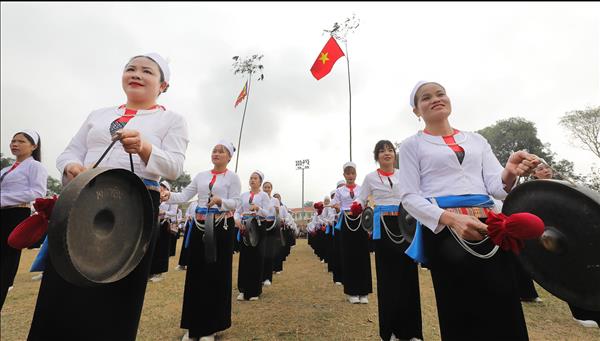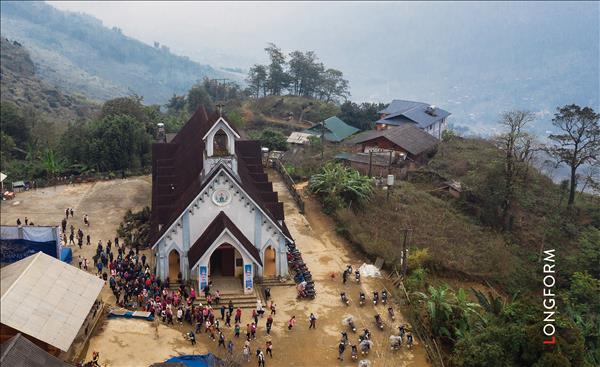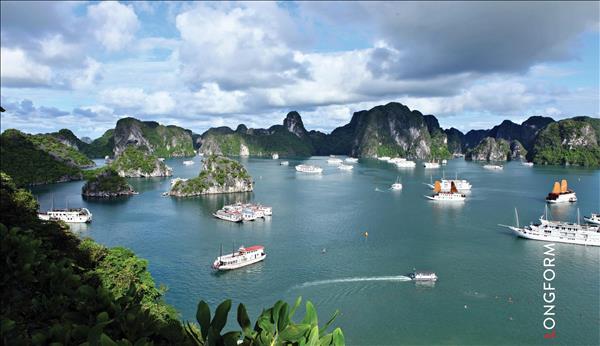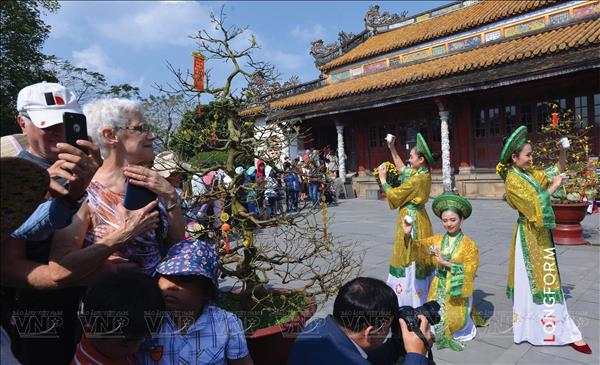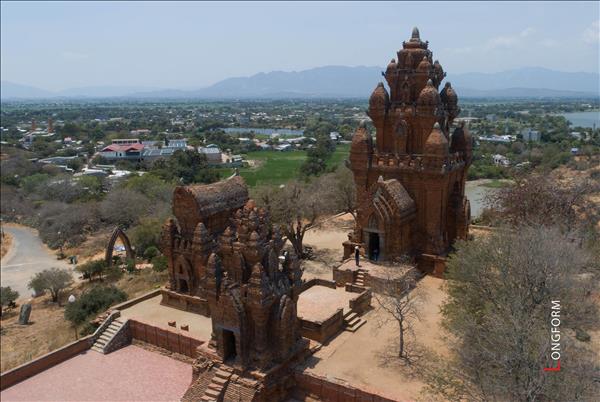The privatisation of state-owned enterprises is key policy of the Vietnamese Government to enhance the economic efficiency and it is a crucial task of restructuring state-owned enterprises at a time when the country’s economy has started penetrating deeply into the world’s economy.
The process of state-owned enterprise privatisation started as a pilot program in 1992 and has undergone many stages. After over 20 years of implementing the government’s policy, it has obtained basic achievements of rearranging and decreasing the number of state-owned enterprises, thereby helping these enterprises increase their capital, develop sustainably and increase turnover and profit.
During the process of state-owned enterprise privatisation, no employee in these enterprises has so far been dismissed, whereas their income has relatively increased. Furthermore, they have become shareholders and receive annual dividends from their shares. Most of the state-owned enterprises have seen positive signs after equitisation with a good trade turnover, increasing by 1.9 times in average turnover, 3.2 times in average profit and 2.5 times in the state’s budget remittance.
According to the improved plan on rearranging and privatising enterprises in the 2014-2015 period, about 432 state-owned enterprises will be privatised. Up to November 2014, 348 enterprises established their privatisation steering boards, 247 enterprises were evaluating their
assets and 123 enterprises announced their asset value.
The success of the following privatised enterprises has partly proven the State’s sound policy on state-owned privatisation.
Song Cam Ship Jsc. feels confident in overcoming the “storm”
In the context of the dim prospects of Vietnam’s shipbuilding sector, particularly after the “Vinashin storm”, Song Cam Shipbuilding Joint-stock Company (Song Cam Ship. Jsc), an enterprise operating under the form of share-holdings since 2008, has brought into full play its strength in shipbuilding for over half century and has strongly developed.
Over the years, the company has focused on building small ships of high-technology and paid much attention to the quality of products which has proven a right direction for the company’s development. As a result, the company signed with Damen Group, one of the leading shipyard groups of the Netherlands, a contract to build five rescue ships in March 2002. After four years, the company handed over to its partner the products which are the same as those built in the Netherlands. The successful implementation of the contract was of great significance, marking a milestone in the development of the company. Since then, the company has signed dozens of contracts to build a series of specialised ships for Damen and other types of ships such as tug boats, passenger ships and cruise ships which have been exported to many countries around the world, including the Netherlands, the UK, Germany, Australia, Mexico and Russia. The output value of the company has continually increased over the years, from 814.5 billion dong (in 2010) to 1,004 billion dong (in 2011) and 1,300 billion dong (in 2013).
During the process of state-owned enterprise privatisation, no employee in these enterprises has so far been dismissed, whereas their income has relatively increased. Furthermore, they have become shareholders and receive annual dividends from their shares. Most of the state-owned enterprises have seen positive signs after equitisation with a good trade turnover, increasing by 1.9 times in average turnover, 3.2 times in average profit and 2.5 times in the state’s budget remittance.
According to the improved plan on rearranging and privatising enterprises in the 2014-2015 period, about 432 state-owned enterprises will be privatised. Up to November 2014, 348 enterprises established their privatisation steering boards, 247 enterprises were evaluating their
assets and 123 enterprises announced their asset value.
The success of the following privatised enterprises has partly proven the State’s sound policy on state-owned privatisation.
Song Cam Ship Jsc. feels confident in overcoming the “storm”
In the context of the dim prospects of Vietnam’s shipbuilding sector, particularly after the “Vinashin storm”, Song Cam Shipbuilding Joint-stock Company (Song Cam Ship. Jsc), an enterprise operating under the form of share-holdings since 2008, has brought into full play its strength in shipbuilding for over half century and has strongly developed.
Over the years, the company has focused on building small ships of high-technology and paid much attention to the quality of products which has proven a right direction for the company’s development. As a result, the company signed with Damen Group, one of the leading shipyard groups of the Netherlands, a contract to build five rescue ships in March 2002. After four years, the company handed over to its partner the products which are the same as those built in the Netherlands. The successful implementation of the contract was of great significance, marking a milestone in the development of the company. Since then, the company has signed dozens of contracts to build a series of specialised ships for Damen and other types of ships such as tug boats, passenger ships and cruise ships which have been exported to many countries around the world, including the Netherlands, the UK, Germany, Australia, Mexico and Russia. The output value of the company has continually increased over the years, from 814.5 billion dong (in 2010) to 1,004 billion dong (in 2011) and 1,300 billion dong (in 2013).
The Song Cam Shipbuilding Joint-stock Company’s strength is in building specialised ships,
such as tug boats, passenger ships and cruise ships which meet international standards. Photo: Hoang Ha/VNP
The Song Cam Shipbuilding Joint-stock Company has a staff of young and skilled engineers.
Photo: Hoang Ha/VNP
Song Cam Company's workers work on deck. Photo: Hoang Ha/VNP
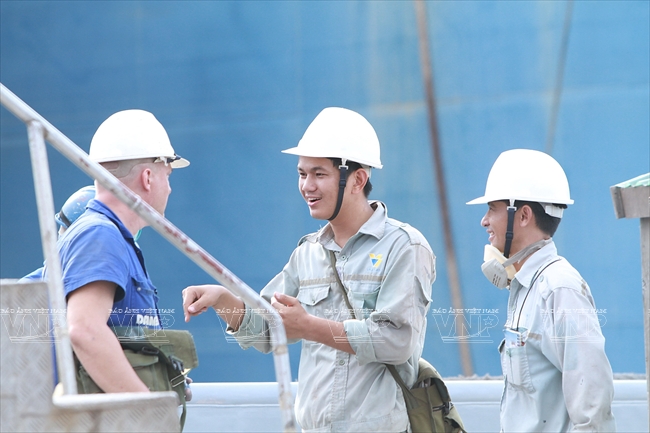
Song Cam Company's young engineers exchange opinions with a foreign expert. Photo: Hoang Ha/VNP
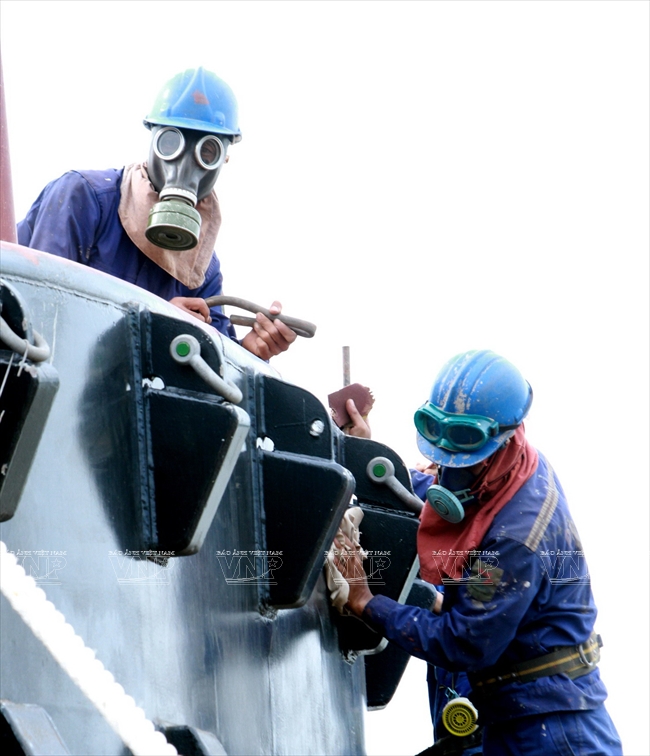
Polishing and painting the cover of a ship. Photo: Hoang Ha/VNP
The Song Cam Shipbuilding Joint-stock Company has invested in
a modern facility to builds ships for export. Photo: Hoang Ha/VNP
The Song Cam Shipbuilding Joint-stock Company’s products are exported to many foreign countries,
such as Singapore, the UK, the Netherlands, RoK and Russia. Photo: Hoang Ha/VNP
Pham Manh Ha, General Director of Song Cam Shipbuilding Joint-stock Company, said that the company boasts a staff of employees who are proactive, professional, disciplined and enterprising. When the company shifted to the model of a joint-stock company, its business efficiency considerably increased, thereby the living standards of about 750 cadres and employees have improved with a stable income and regular job. Recently, Song Cam Company merged with Ben Kien Shipyard, a company with nearly 500 workers which was going to go into bankruptcy. This helped the company have more ground for expanding production facilities and reduce equipment costs.
Since its privatisation, the company has invested three times in improving its capacity of shipbuilding and expanded cooperation and relationships with many countries, such as Singapore, the UK, Sweden, the Netherlands, RoK and Russia. In 2014, all of the company’s products were exported to foreign markets.
When talking about high-ranking types of rescue ships such as SAR27, SAR41 and tug boats 5000 and 7000 CV, it is impossible not to mention Song Cam Shipbuilding Joint-Stock Company.
PLC affirms a trademark
After 20 years of development, Petrolimex Petrochemical Corporation (PLC) has not only affirmed its position in the field of manufacturing and trading petrochemical products, such as lubricant and grease, but also made a great contribution to the overall achievement of the Vietnam National Petroleum Corporation (Petrolimex) and promoted the trademark of “Petrolimex lubricant” to the world.
Petrolimex is one of two entities of Petrolimex which pioneered in privatisation in late 2003. In 2005, PLC continued making historical progress when it shifted into the model of the parent company and subsidiary company with the establishment of two subsidiary companies of Petrolimex Bitumen Company Limited and Petrolimex Petrochemical Company Limited.
It can be said that the implementation of privatisation and the shift to the model of the parent company and subsidiary company served as a premise for the outstanding development of the company in the following years. In 2006, PLC officially listed their stock on the Hanoi Stock Exchange with the securities code of PLC. In 2007, PLC offered to sell the registered share capital to 161 billion dong from 150 billion dong. Since then, the company’s registered capital has consistently increased every year and reached 702.608 billion dong. The Vietnam National Petroleum Corporation holds 79.07 percent of the total registered capital while other shareholders account for 20.93 percent. The total turnover of PLC in 2009 was 3,769 billion dong and increased to 6,223 billion dong in 2013.
Since its privatisation, the company has invested three times in improving its capacity of shipbuilding and expanded cooperation and relationships with many countries, such as Singapore, the UK, Sweden, the Netherlands, RoK and Russia. In 2014, all of the company’s products were exported to foreign markets.
When talking about high-ranking types of rescue ships such as SAR27, SAR41 and tug boats 5000 and 7000 CV, it is impossible not to mention Song Cam Shipbuilding Joint-Stock Company.
PLC affirms a trademark
After 20 years of development, Petrolimex Petrochemical Corporation (PLC) has not only affirmed its position in the field of manufacturing and trading petrochemical products, such as lubricant and grease, but also made a great contribution to the overall achievement of the Vietnam National Petroleum Corporation (Petrolimex) and promoted the trademark of “Petrolimex lubricant” to the world.
Petrolimex is one of two entities of Petrolimex which pioneered in privatisation in late 2003. In 2005, PLC continued making historical progress when it shifted into the model of the parent company and subsidiary company with the establishment of two subsidiary companies of Petrolimex Bitumen Company Limited and Petrolimex Petrochemical Company Limited.
It can be said that the implementation of privatisation and the shift to the model of the parent company and subsidiary company served as a premise for the outstanding development of the company in the following years. In 2006, PLC officially listed their stock on the Hanoi Stock Exchange with the securities code of PLC. In 2007, PLC offered to sell the registered share capital to 161 billion dong from 150 billion dong. Since then, the company’s registered capital has consistently increased every year and reached 702.608 billion dong. The Vietnam National Petroleum Corporation holds 79.07 percent of the total registered capital while other shareholders account for 20.93 percent. The total turnover of PLC in 2009 was 3,769 billion dong and increased to 6,223 billion dong in 2013.

Panoramic view of PLC’s lubricant factory, bitumen and chemicals storage facilities
in Nha Be District, Ho Chi Minh City. Photo: Hoang Ha/VNP
Inspecting the process of constrcution at Nha Be Lubricant Factory, Ho Chi Minh City. Photo: Hoang Ha/VNP

The system of lubricant in- and-out pipelines of the general oil depot
in Nha Be District, Ho Chi Minh City. Photo: Hoang Ha/VNP
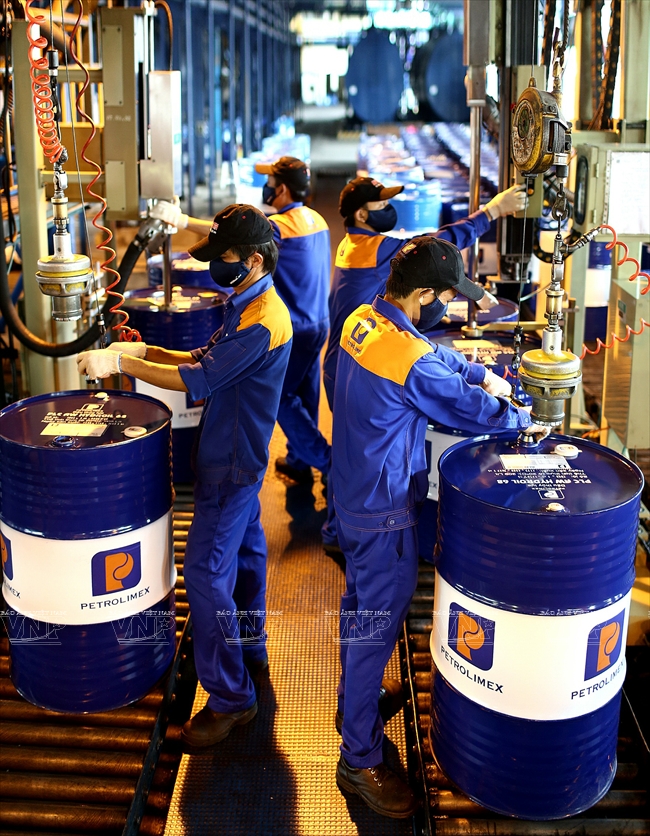
The packing line of Petrolimex lubricant barrels at Nha Be Lubricant Factory
in Nha Be District, Ho Chi Minh City. Photo: Hoang Ha/VNP
In the room of controlling the lubricant procession at the Thuong Ly Lubricant Factory
in Hong Bang District, Hai Phong City. Photo: Hoang Ha/VNP

An equipment imported from Switzeland at Thuong Ly Lubricant Factory in Hai Phong City. Photo: Hoang Ha/VNP

The packaging line of lubricant cans at the Thuong Ly Lubricant Factory
in Hong Bang District, Hai Phong City. Photo: Hoang Ha/VNP
Checking the process of packing lubricant cans at Thuong Ly Lubricant Factory, Hai Phong. Photo: Hoang Ha/VNP
The storage facilities of lubricant products of Thuong Ly Lubricant Factory. Photo: Hoang Ha/VNP

The storage facilities of lubricant products of Thuong Ly Lubricant Factory. Photo: Hoang Ha/VNP
Transporting products from Thuong Ly Oil and Gas Base Depot, Hai Phong. Photo: Hoang Ha/VNP
After many years of building the trademark of PLC lubricant, in 2010 the company was allowed by the Vietnam National Petroleum Corporation to use directly the trademark of Petrolimex for its lubricant products. Thanks to its sound policy on trade together with the use of a famous trademark, the company’s Petrolimex branded products have become very familiar to domestic customers. These products are used widely in different sectors, including heavy industrial machines, ships and motorbikes.
The company’s export products account for 13-18 percent of the total productivity and its lubricant products are exported mainly to Hong Kong, Taiwan, Macao, China, Laos and Cambodia. To further expand into the foreign market, the company has conducted surveys to look for new markets. The company also signed many contracts with JX Nippon Oil Group from Japan to make different types of lubricant for Honda,Yamaha, Suzuki, Kubota and Lexus.
At present, the trademark of Petrolimex lubricant has gained prestige in the market and PLC has a firm foundation on the way to integrate into the world’s economy. It also showed the success of a state-owned enterprise after restructuring by privatisation.
Story: Ngoc Ky - Photos: Hoang Ha
phamtrangnhung

